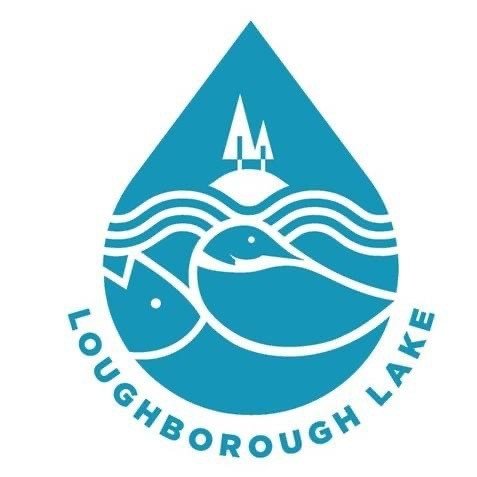Water Quality
In last year’s water quality article I mentioned that the COVID-19 virus had suspended the water quality testing in 2020 with an unknown future as to when it might restart. Discussion at that time related to concerns about how the volunteers at the lakes and the government testing staff at Dorset, Ontario could be kept safe. At this point, there is still no resolution but there seems to be an expectation that the program will resume in 2021. Stay tuned for further developments.
While there are no testing results for 2020, water quality on Loughborough Lake is still good and reasonably stable. We have had no outbreaks of blue green algae but we do have infestations of zebra mussels and Eurasian milfoil. These invasive species have established themselves in the lake although they seem to come and go in cycles.
The picture below, of Milburn Bay on Dog Lake, shows blue green algae in 2019. Dog Lake is one lake downstream from Loughborough Lake and it has struggled with blue green algae; the levels of total phosphate (that is the fertilizer for algae growth) in their waters is two or three times what is in Loughborough Lake. Milburn Bay is at the southern end of Dog Lake just down from the village of Battersea; Milburn Creek, which drains into the bay, gets some of its water from the East Basin outflow at Battersea.
Figure 1 - Screen grab from the Shirley French presentation - https://youtu.be/riOyyBnVwBs
There are no ready solutions for algae growth; harvesting of weeds is not an answer. Removing the weeds can add more sunlight to the algae and actually promote growth. The need is to remove total phosphorous from the water. One approach is to reduce shoreline drainage into the lake – leaving the shoreline in a natural state to catch the runoff – and reduce the sources of phosphates by not using fertilizers and cleaning up malfunctioning septic tanks and sewage waste. Another thing being considered on Dog Lake is using floating treatment wetlands. These are floating man-made platforms into which cattails, blue flag iris, swamp milkweed and willow species are planted. The roots from these plants dangle in the water, absorbing the total phosphorous components as they grow. The plants can be harvested and then composted on land, effectively removing the phosphorous from the water. To be successful, there have to be a number of these platforms – one scenario being considered for this bay is to use 10 platforms over several years. They are not inexpensive (in the order of $600+ per platform) to make but they are subject to wind, waves and ice damage. It will require much effort from the volunteers to maintain these platforms to be effective.

